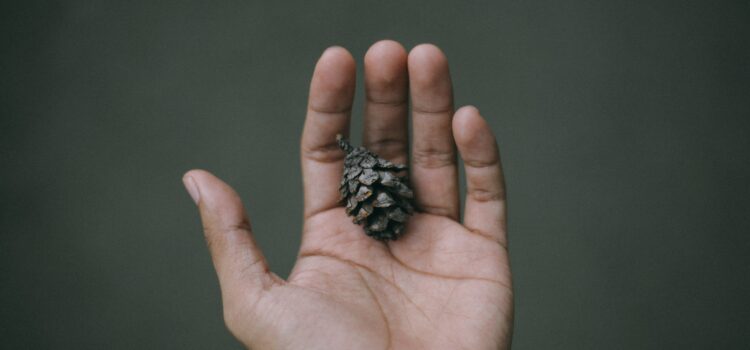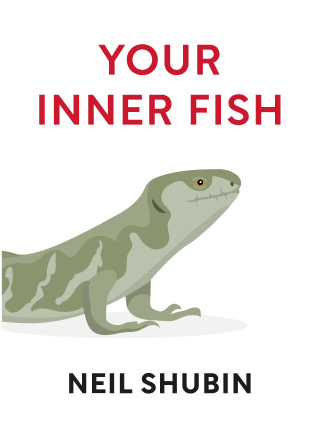

This article is an excerpt from the Shortform book guide to "Your Inner Fish" by Neil Shubin. Shortform has the world's best summaries and analyses of books you should be reading.
Like this article? Sign up for a free trial here .
How did the human thumb develop? Why are humans the only mammals with thumbs?
The human thumb is one of the most significant reasons that humans were able to develop and evolve in the way we did. In Your Inner Fish by Neil Shubin, he argues that the human thumb is a part of our development from fish.
Read more about the human thumb and how it developed from our ocean ancestors.
How Genes Develop Limbs and The Formation of the Human Thumb
Just as echoes of our bone development can be seen in earlier animals, our genetic recipe also traces back to other creatures. DNA research answers questions about our development that fossil study can’t answer because variables can be manipulated in animal embryos to see what happens.
DNA contains the “recipe” that builds human or animal bodies from an egg. By experimenting with DNA in animal and shark embryos, scientists have shown that all appendages, whether limbs or fins, develop the same way from the same DNA recipe. This chapter looks at the experiments, starting in the fifties and sixties, that led to this understanding.
Although the human body is made up of hundreds of different kinds of cells, which make our bones, organs, nerves, and tissues function differently, all cells contain the same DNA.
Organ and tissue cells develop differently because certain genes (stretches of DNA) in the cells are active while others are turned off. The active genes make a protein affecting what a cell looks like and how it behaves.
Understanding the on-off mechanism explains what genes build which parts of the body and how they work, whether building a limb or a fin.
Forming Hands and Thumbs
Our hands are three dimensional, with a top/bottom, thumb side/little finger side, and base/tip. Understanding the genes that make the human thumb different from the little finger or fingers different from arm bones is a key to the genetic recipe that builds hands and the rest of our bodies.
In an embryo, the genetic switches for forming limbs activate between the third and eighth week after conception and limbs start developing. First, tiny buds protrude from the embryonic body, then the tips develop into paddles. The paddles contain millions of cells that ultimately become the limb’s skeleton, nerves, and muscles.
To learn about the process, scientists experiment with genetic mutations that make limbs malform. In the fifties and sixties, scientists experimenting with chicken embryos uncovered a key mechanism—a patch of tissue—that controls development of the bone pattern of limbs. By removing the patch, they could stop limb development at various points. They called the patch, which causes the little-finger side of a hand to differentiate from the human thumb side, the ZPA, or zone of polarizing activity.
Moving the ZPA from the little-finger side of the limb bud to the human thumb side caused the embryo to develop a duplicate set of digits mirroring the normal set on that side.
The ZPA controls development of fingers and toes by varying the concentration of a molecule in the cells building the limb. The cells nearest to the ZPA have a high concentration of the molecule and make a little finger. The cells farther away from the ZPA have a lower concentration of the molecule and make a thumb. The cells in between have varying concentrations and make second, third, and fourth fingers.

———End of Preview———
Like what you just read? Read the rest of the world's best book summary and analysis of Neil Shubin's "Your Inner Fish" at Shortform .
Here's what you'll find in our full Your Inner Fish summary :
- How your hands and feet are like a fish that lived hundreds of millions of years ago
- How the structure of your head can be traced back to an ancient, headless worms
- What parts of your body are uniquely human






